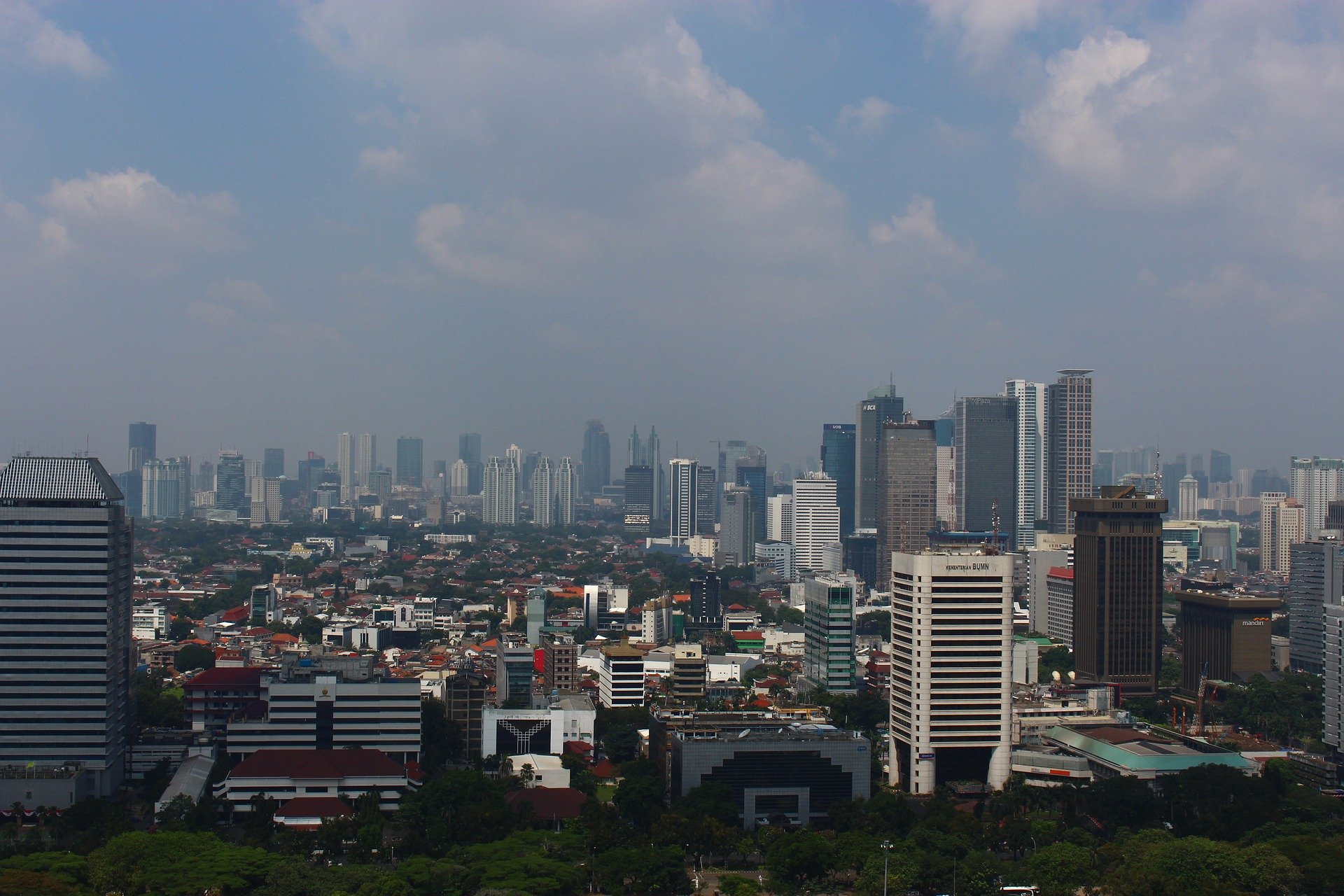
Researchers from the University of York have discovered why reducing particle pollution is actually increasing surface ozone pollution in some emerging economies, negatively impacting health, ecosystems and agriculture, writes the English university in a press release.
The findings, published in Nature Geoscience, challenge established methods for tackling air pollution, the researchers say.
Surface ozone is the main component of “smog” and is created by chemical reactions between oxides of nitrogen (NOx) and volatile organic compounds (VOC). This happens when pollutants emitted by cars, power plants, industrial boilers, refineries, chemical plants, and other sources react in the presence of sunlight.
Increase
In the last decade, when countries such as China improved air quality by reducing particle pollution – which is emitted from burning of coal, steel making, vehicles, and fires – the scientific community was surprised to see ozone pollution increase. Now, the study has shed new light on the relationship between these two pollutants.
Policymakers have historically considered ozone and particles as separate problems, however the researchers have shown that in some regions they are closely linked. Some short-lived components necessary to make ozone (peroxy radicals) stick to particle pollution, preventing them from going on to form ozone. As the number of particles decreases, the peroxy radicals become available for reactions and ozone increases.
The study modelled the effects of reducing particle pollution and found that it could cause an increase in ozone of 20-30 percent in some highly populated areas of India and China. If left unmanaged, this would have a significant negative impact on ecosystems and crop yield.
Strategies
The researchers are calling for new strategies that take this interaction between pollutants into account. The problem can be overcome by targeting reductions in a wider range of pollutants, particularly (VOCs) from chemicals and fuels and NOx from combustion.
Co-lead author of the study, Professor Mathew Evans from the Department of Chemistry at the University of York said: “Particle pollution and ozone pollution have been viewed by policy makers around the world as separate issues, but our study emphasises the need to look at them together. For 40 years we have thought that ozone depended only on volatile organic compounds and nitrogen oxides and it’s only now that we are putting the pieces of the puzzle together and seeing this relationship with particle pollution. Policy now needs to be adapted to this new knowledge.
“Tackling particulate matter in the atmosphere is rightly a priority because of the serious risk it poses to human health. However this study highlights the complex choices facing governments in how they invest to manage air pollution. Solutions are not straightforward and there can be hidden connections between different pollutants.”

Significant
The WHO estimates that 4.2 million die prematurely every year as the result of exposure to outdoor air pollution. Developing countries such as India, China and Africa are among the worst affected.
The modelling study estimated that significant reductions in particle pollution in these areas would lead to the need to make dramatic reductions in the emissions of the NOx and VOCs – up to 50 percent – in order to keep ozone pollution in check.
Co-lead author of the study, Professor Alastair Lewis from the National Centre for Atmospheric Science added: “this study shows that there can be risks in focusing too narrowly on just one pollutant. There has been dramatic improvement in particle pollution in China over recent years, but emphasis only on particles can lead to unintended consequences. Action to accelerate the reduction in emissions of NOx and VOCs is now essential.”
Selected for you!
Innovation Origins is the European platform for innovation news. In addition to the many reports from our own editors in 15 European countries, we select the most important press releases from reliable sources. This way you can stay up to date on what is happening in the world of innovation. Are you or do you know an organization that should not be missing from our list of selected sources? Then report to our editorial team.
